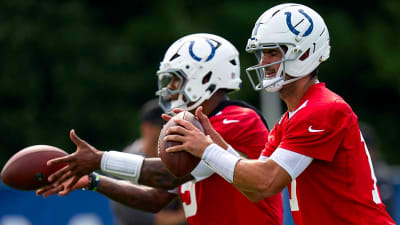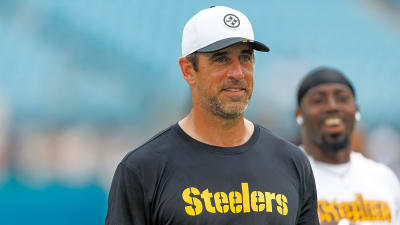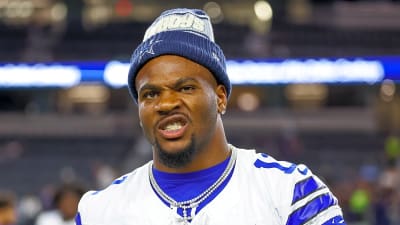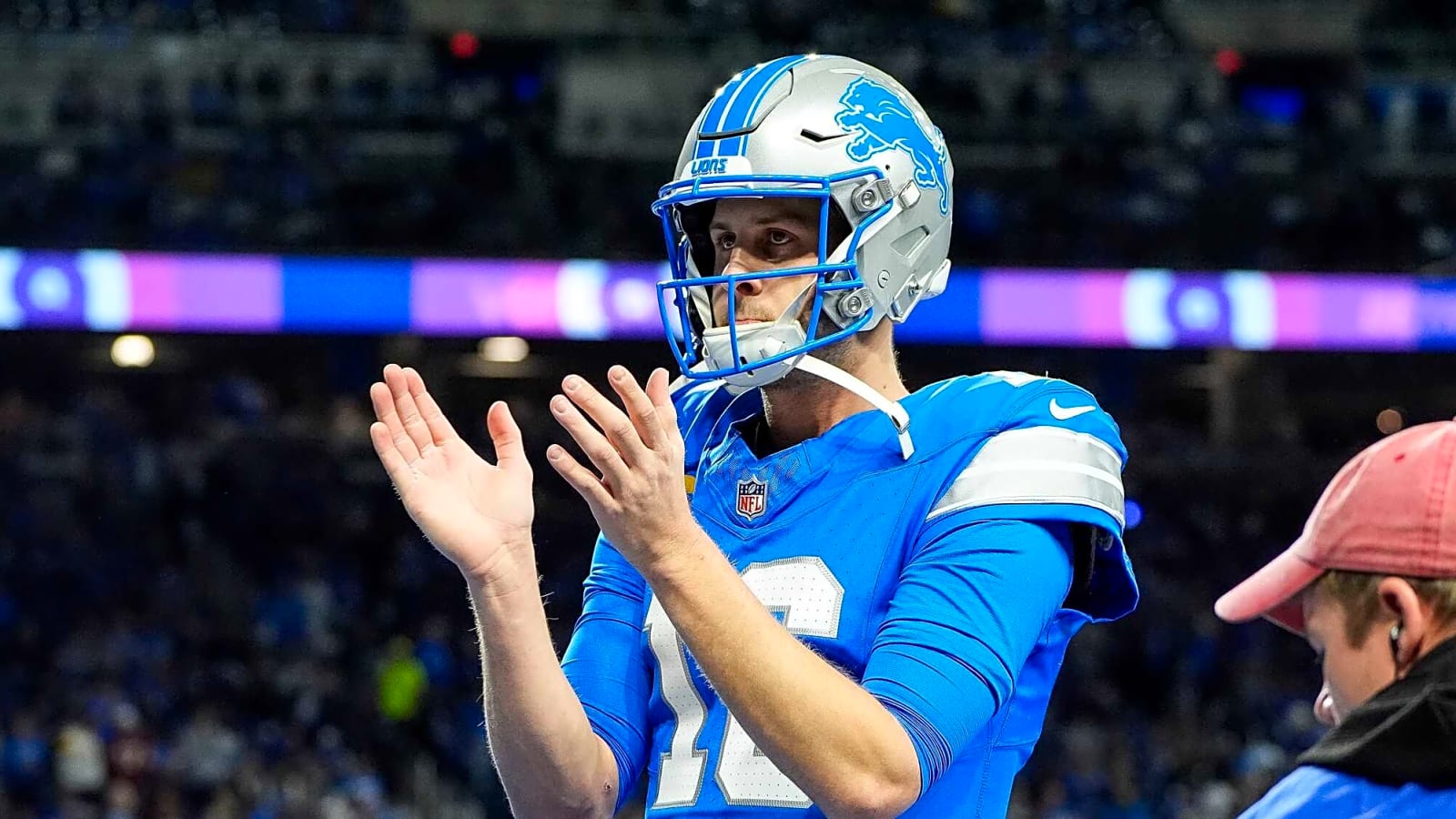
Late QB draft strategy explained: Top fantasy football targets for 2025
Many fantasy experts generally prefer to select their quarterbacks toward the end of drafts, as the depth at the position allows for quality options even in the later stages. The following provides a detailed breakdown of this approach, highlighting specific players that fit these strategies for this season, whether you’re participating in redraft leagues on Sleeper Fantasy or playing Best Ball on Underdog.
Speaking of fantasy leagues...check out our Sleeper promo code for a $100 deposit bonus this football season!
And don't forget to sign up for your fantasy football league on Yahoo Sports!
What is the Late QB Strategy?
This widely used draft strategy focuses on selecting top-tier running backs, wide receivers, and sometimes tight ends in the early rounds, while postponing the selection of a quarterback until much later. The premise behind this approach is that quarterback scoring is typically more evenly spread out than it is at other positions, allowing managers to find quality production from quarterbacks chosen in the later rounds. By waiting to draft a quarterback, you can load up on elite skill position players—who are more difficult to replace—thereby increasing your weekly scoring potential and roster flexibility.
With this Late QB strategy, the emphasis in the later rounds shifts to finding reliable, overlooked quarterbacks who offer significant upside. This could include quarterbacks in strong offensive schemes, those with established supporting casts, or those who bring additional value through their rushing ability. Some managers take this further by selecting two late-round quarterbacks to stream based on favorable matchups throughout the season. Ultimately, the strategy takes advantage of early positional scarcity at running back and wide receiver while using the depth at quarterback to assemble a more versatile and high-upside lineup.
Use promo code YARD20 for $20 off your FantasyLabs fantasy football subscription!

Pros of Late QB Strategy
One of the primary benefits of this approach is the opportunity to secure top-tier talent at positions where elite options are rare early in the draft. Positions like running back and wide receiver tend to have greater week-to-week scoring variability and are more difficult to replace through waivers, so locking down the best players at these spots gives your team a clear advantage. By choosing to wait on drafting a quarterback, you avoid sacrificing valuable depth at these premium positions for only a minor upgrade at a position where solid production is typically easier to replace. This helps build a more balanced, resilient roster that’s better equipped to handle injuries and bye weeks.
Additionally, the depth at quarterback—especially given changing preseason outlooks—means that strong fantasy options can often be found in the later rounds. This creates opportunities to snag undervalued or breakout candidates, like quarterbacks who pick up extra points on the ground or those operating in pass-heavy offenses with high-quality receivers. By using only a small portion of your draft capital on quarterback, you can still secure a player who produces at an almost elite level, allowing your early picks to focus on the hardest-to-fill positions. This strategic allocation of resources can ultimately be the difference between a deep playoff run and finishing in the middle of the standings.
Dominate your Best Ball and season-long fantasy football leagues with FantasyLabs’ brand-new app that's available in the Apple App Store and on Android!
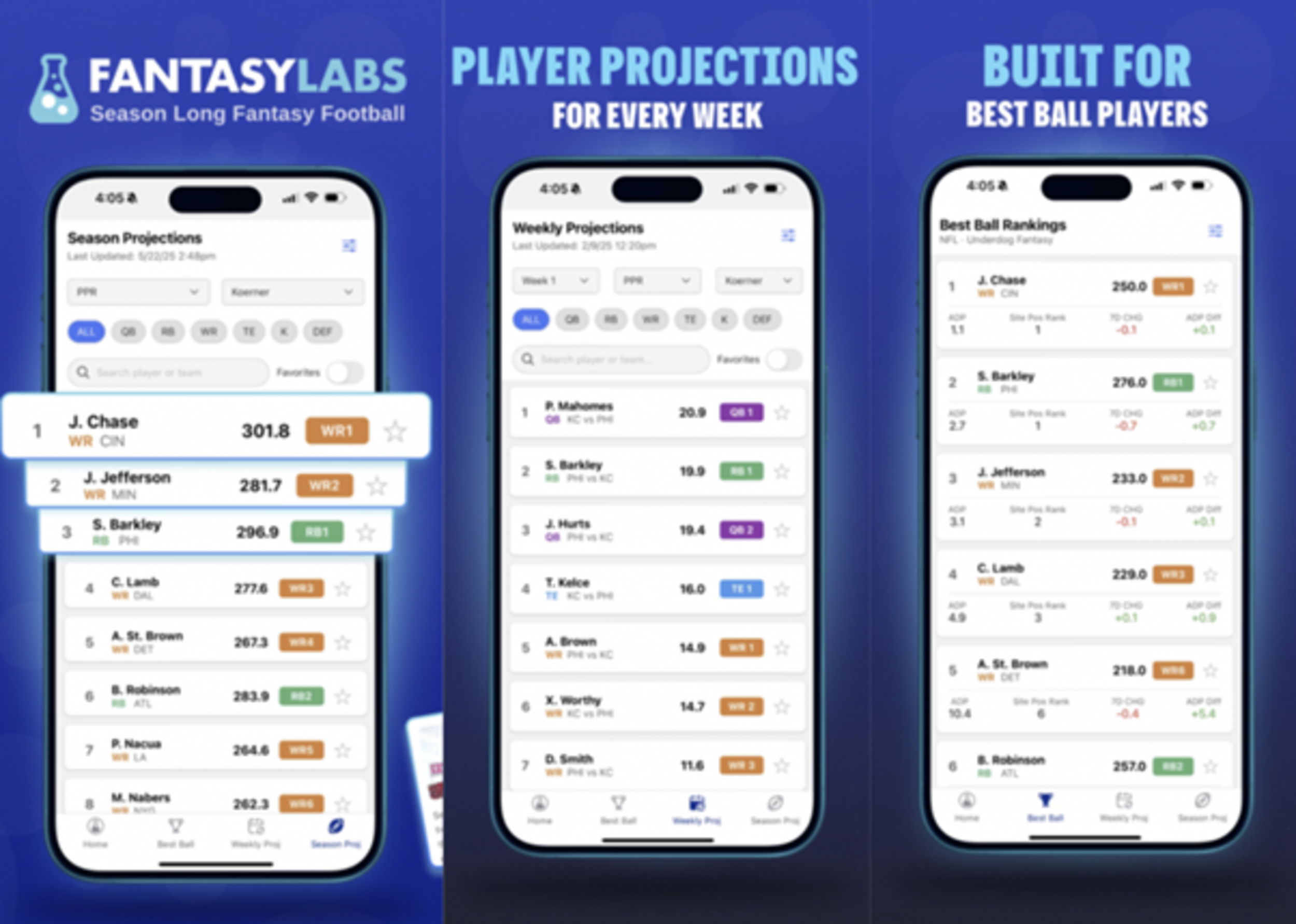
Cons of Late QB Strategy
One potential downside is the chance of missing out on truly elite, high-impact quarterbacks who can deliver a significant weekly advantage. Although quarterback scoring is usually more evenly distributed, players like Josh Allen or Jalen Hurts are capable of 30+ point outings that may be tough for mid- or late-round quarterbacks to replicate consistently. If you wait too long and your late-round targets fail to deliver, you might end up spending the season constantly “streaming” quarterbacks—scanning the waiver wire each week in search of favorable matchups and reliable production.
Another possible drawback is that the perceived depth at quarterback can sometimes be overstated, depending on your league’s size and roster settings. Even in standard 1QB formats, if other managers begin selecting late-round quarterbacks earlier than you anticipate, you might be left with less appealing options that come with limited upside. This can make it even more crucial to nail your early-round picks at other positions, since your quarterback spot may lack the week-to-week stability or explosive potential needed to carry your team.
Best Ball rankings from some of the top industry experts are also available on FantasyLabs.

Top Late QB Targets in 2025
Jared Goff, QB, Detroit Lions
Jared Goff was one of eight quarterbacks to finish between 280 and 340 fantasy points last season, leading that group with 336 points and ranking as the sixth-highest scorer at the position. Heading into this year’s drafts, he is often available as one of the last starting quarterbacks selected in 12-team leagues.
Concerns about coaching changes in Detroit have dampened expectations for the team as a whole going into 2025. After several strong seasons, former Lions Offensive Coordinator Ben Johnson has taken over as head coach in Chicago, and suddenly Goff is being largely overlooked. However, his arsenal—including Amon-Ra St. Brown, Jameson Williams, Sam LaPorta, and Jahmyr Gibbs—remains intact, and Detroit’s average defense should ensure Goff continues to throw late into games. There’s no reason to doubt that he can produce a fourth consecutive top-10 fantasy season in 2025.
Both Sean Koerner and Chris Raybon have Goff ranked as the QB17 in our rankings. And don't forget to check out Koerner's QB Tiers and Rankings for a more in-depth look at his QB thought process.
JJ McCarthy, QB, Minnesota Vikings
Essentially entering his sophomore season as a de facto rookie, JJ McCarthy steps into a prime opportunity as the locked-in starting quarterback for a high-powered offense. Sam Darnold shocked the league last year by leading the Vikings to a 14-3 record and turning in a top-10 fantasy performance.
McCarthy makes for an ideal late-round selection to pair with a more established, reliable starter on your fantasy roster. Kevin O’Connell, known for his quarterback development, has had a full offseason to craft a playbook that highlights McCarthy’s strengths. The presence of superstar wideout Justin Jefferson and talented pass catchers Jordan Addison and TJ Hockenson only adds to his appeal.
McCarthy offers better mobility than Darnold and has an underrated arm. While the Vikings are expected to lean more on the run with Aaron Jones and Jordan Mason in 2025, O’Connell’s play-action scheme should create plenty of deep passing opportunities for McCarthy, making him a high-floor fantasy option.
Justin Herbert, QB, Los Angeles Chargers
One of the league’s most talented quarterbacks, Justin Herbert represents a safe but perhaps unexciting option for fantasy managers selecting near the end of drafts. His remarkable 21-3 touchdown-to-interception ratio last year is impressive, though fantasy players might hope for higher passing volume in a Jim Harbaugh offense that tends to favor the run.
Herbert delivered a career-best 101.3 QBR last season but attempted almost 200 fewer passes compared to his most pass-heavy year in 2022. Despite this drop in attempts, he still secured a top-12 fantasy finish and clearly possesses the arm talent for even greater upside. With Pro Bowl tackle Rashawn Slater already out for the year, the Chargers may be forced to put more of the offense on Herbert’s shoulders in 2025, potentially boosting his fantasy production.
More must-reads:
- 25 fantasy football sleepers you should target at your draft
- Riskiest picks in first three rounds of fantasy football drafts
- The 'Season rushing TD leaders by NFL team' quiz
Breaking News
Trending News
Customize Your Newsletter
 +
+
Get the latest news and rumors, customized to your favorite sports and teams. Emailed daily. Always free!
